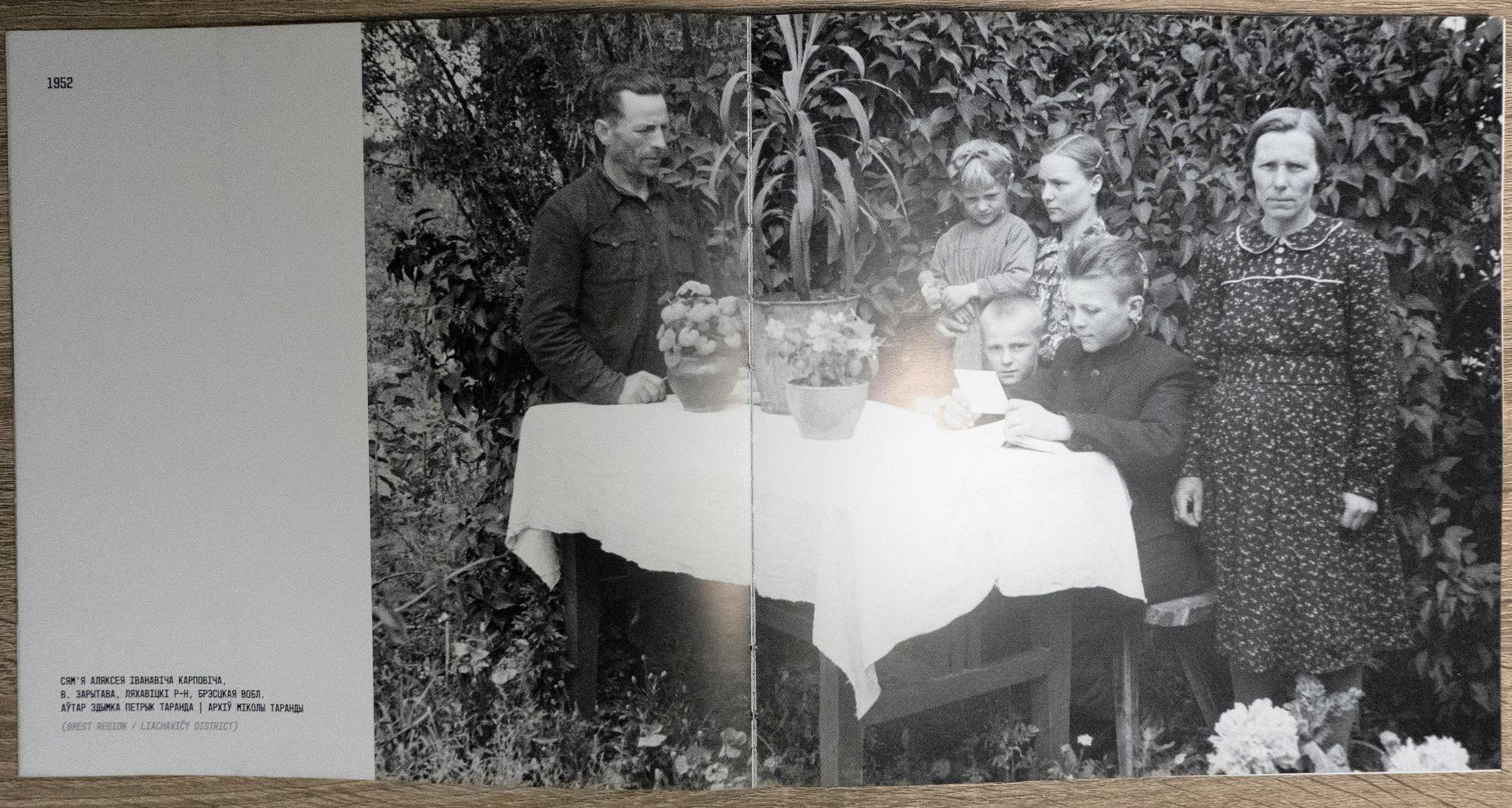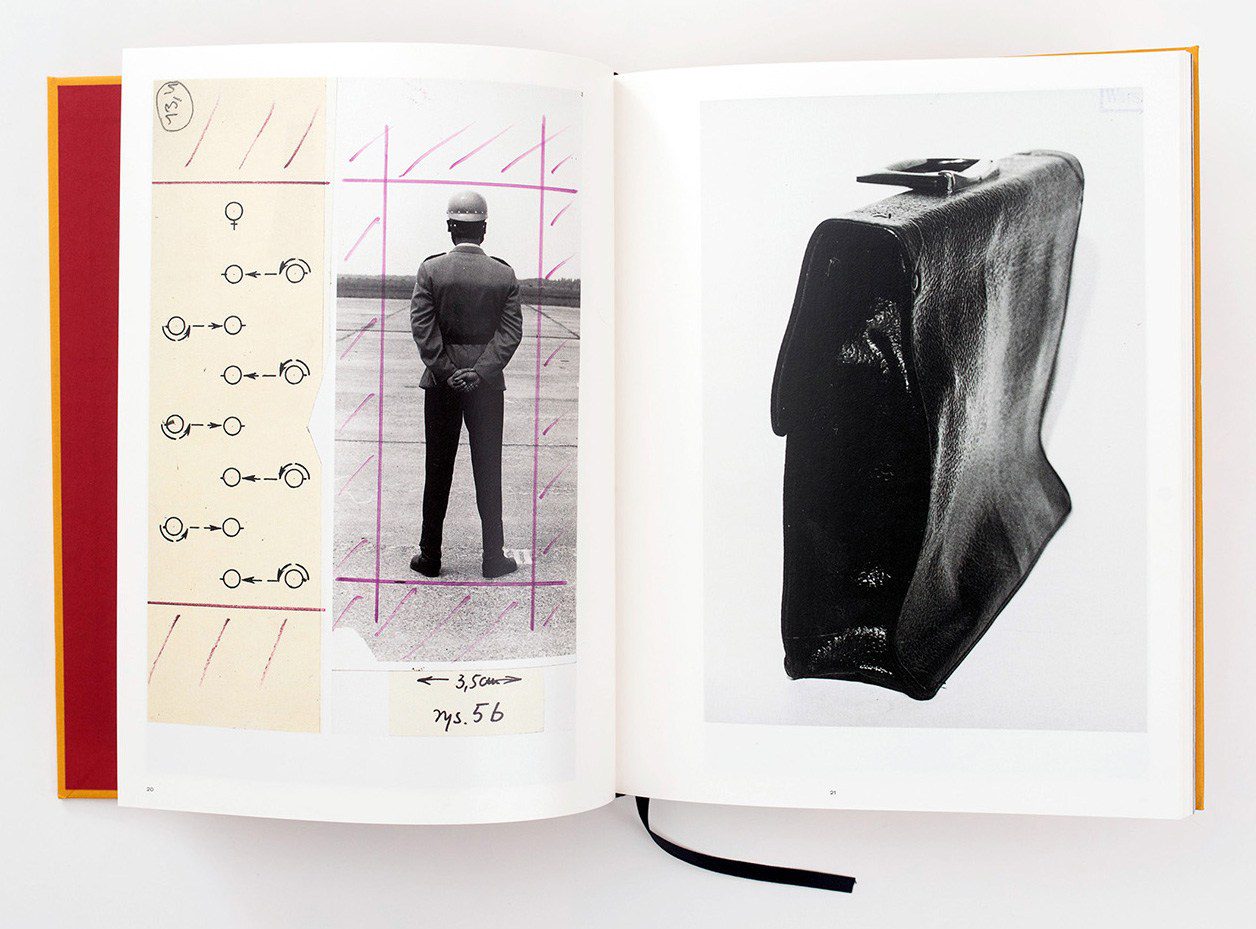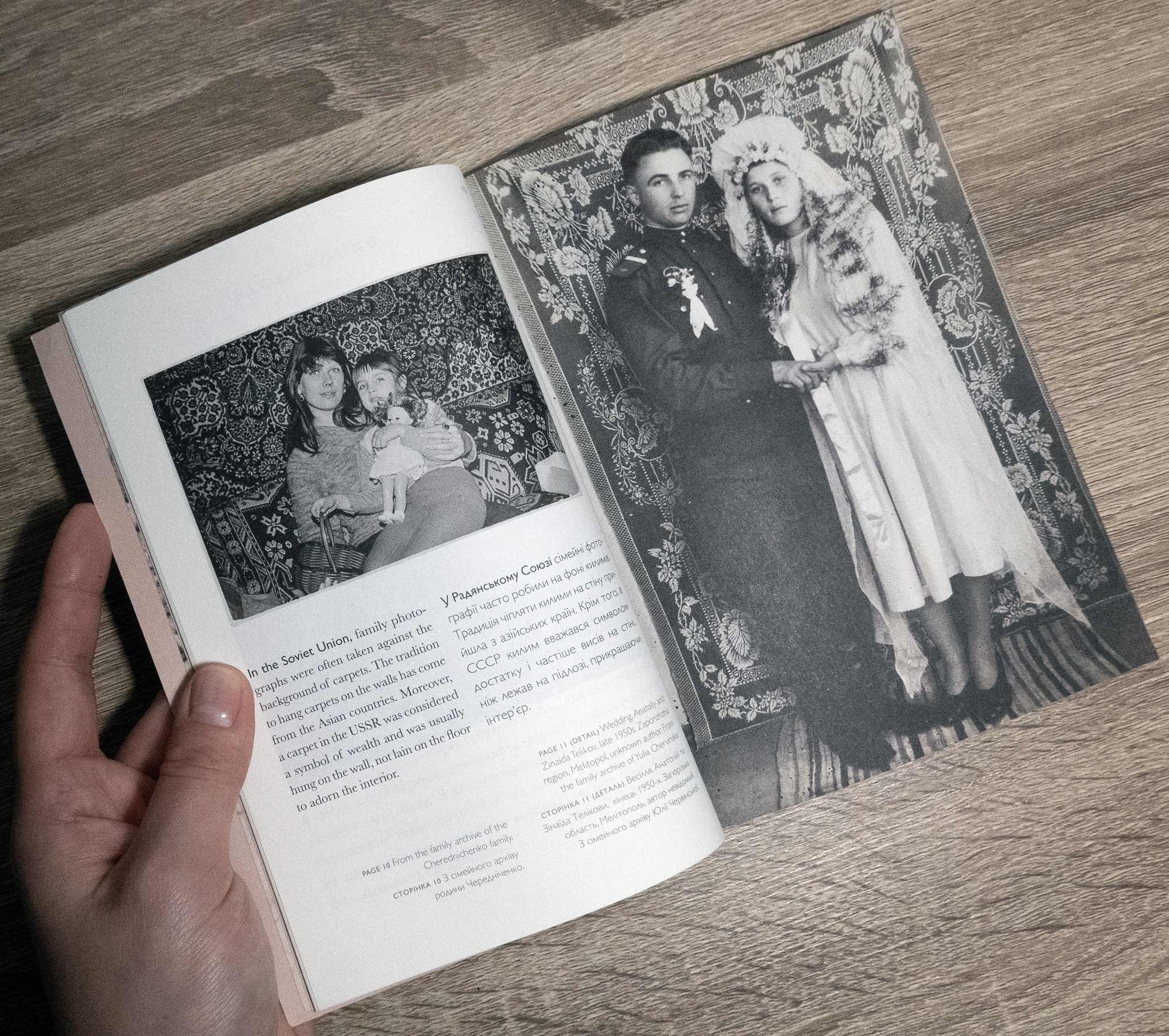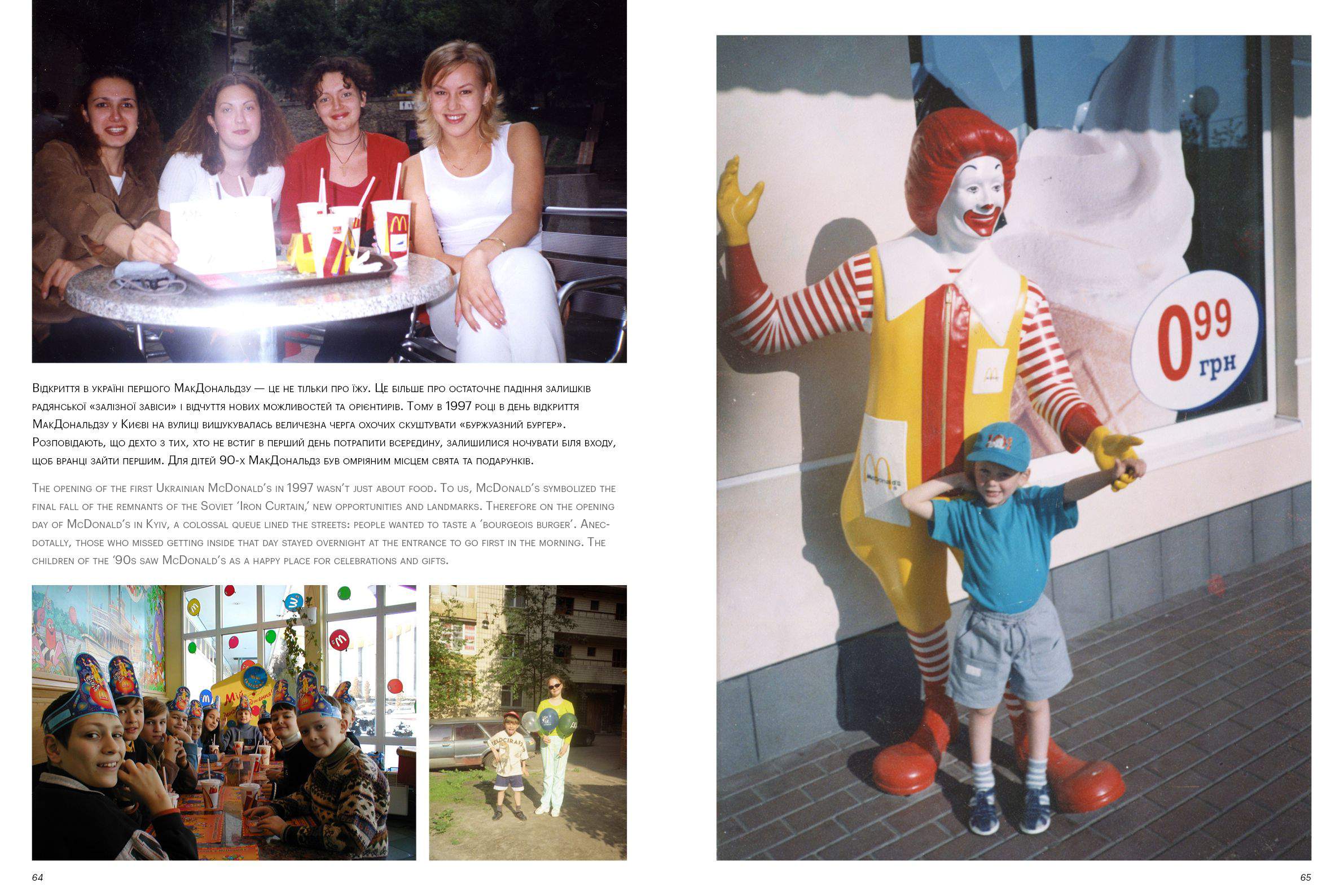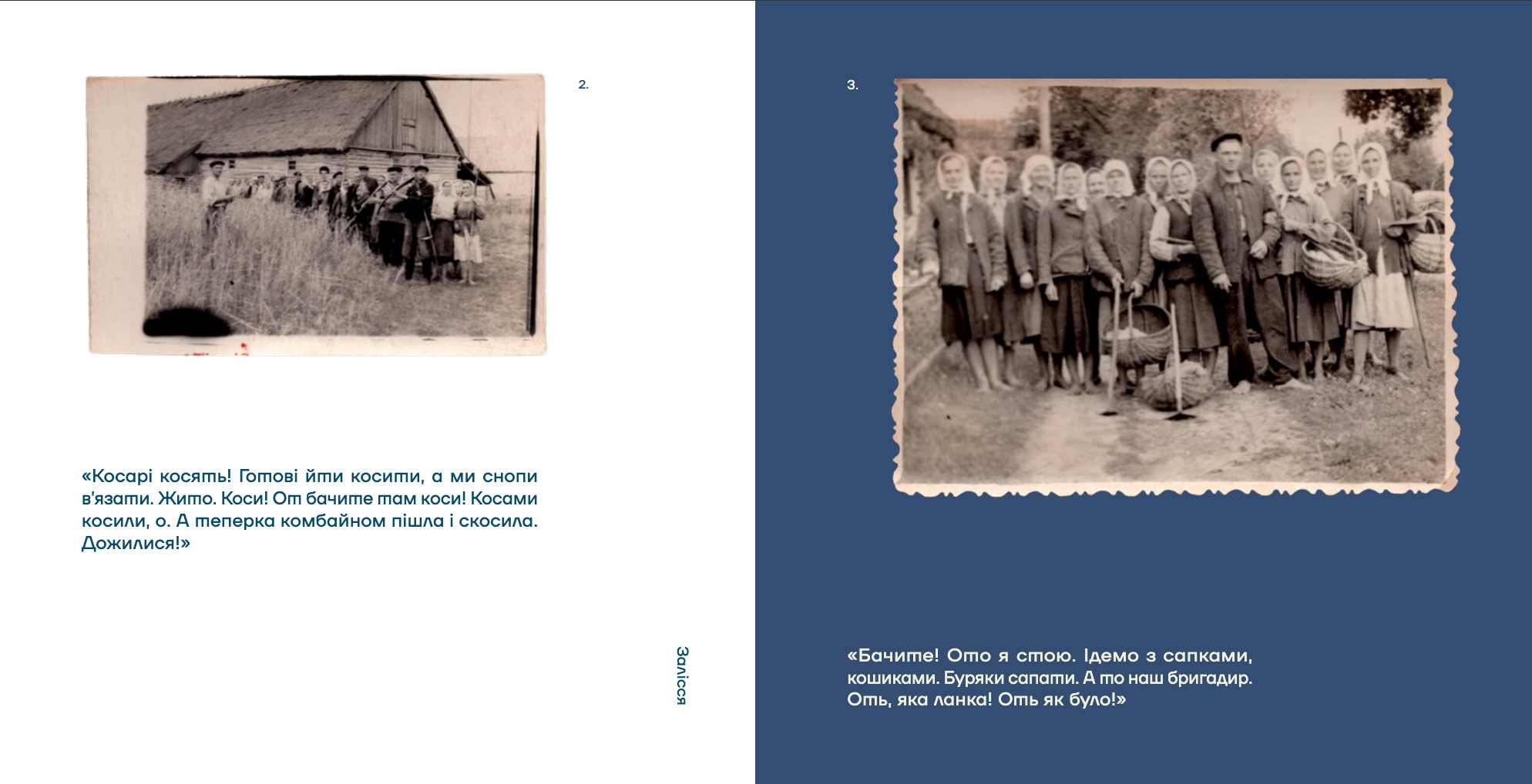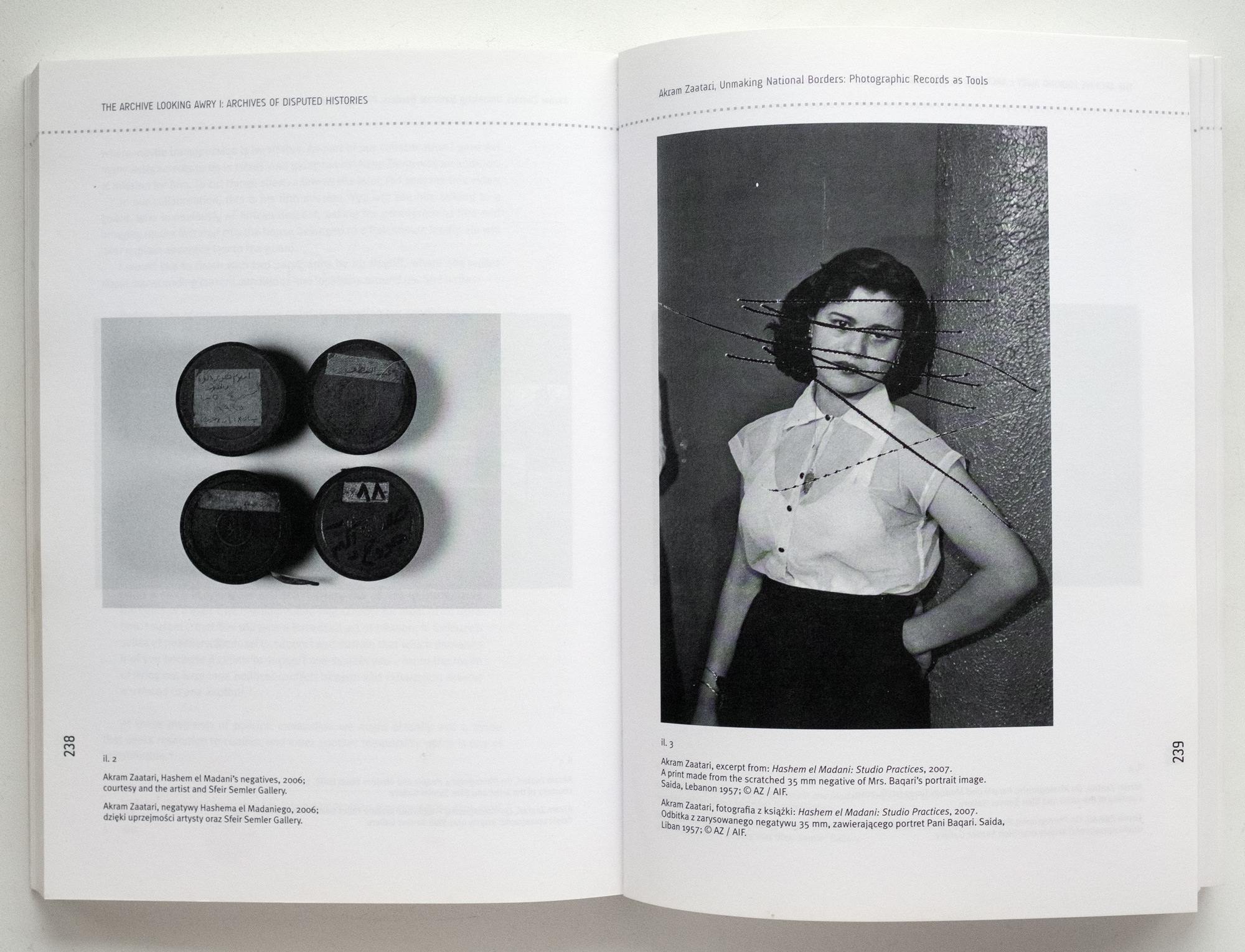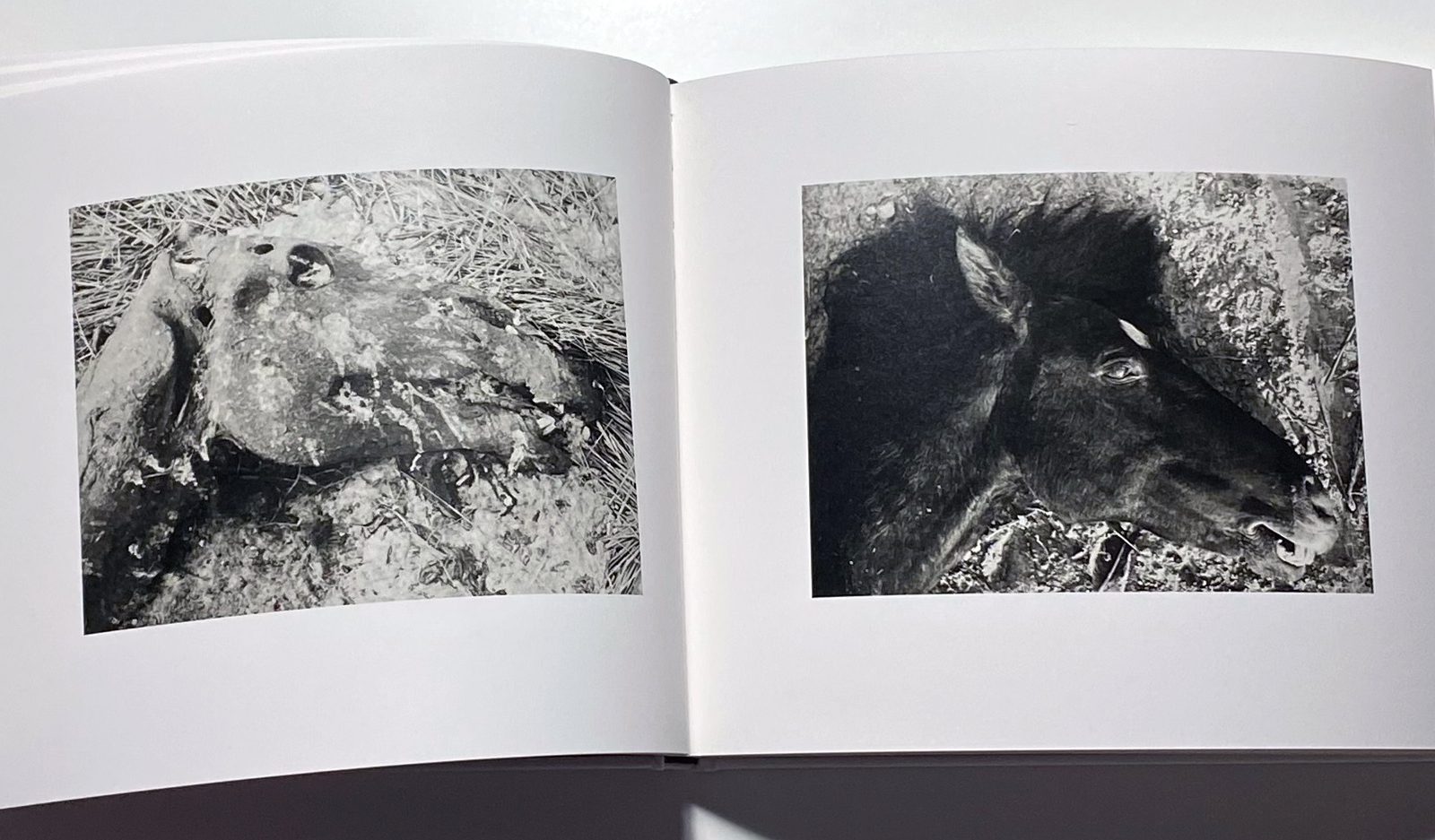Zaborona continues to talk about the trend toward vernacular, amateur photography. In the previous material, we spoke with the authors of thematic publications that collect archival footage of Ukrainian life. This time, anthropologist Olena Martynchuk and the editor-in-chief of Zaborona Pavlo Bishko have collected a selection of books that are good examples of scientific and visual research of the phenomenon of vernacular and archival photography in the world.
Людзі Лесу. People of the Forest
Lublin — VEHA, 2022. — 196 p.

Photo: Olena Martynchuk
A new photo book of the Belarusian research initiative VEHA introduces the visual history of man’s relationship with nature. It is about a collection of amateur photographs from private and family archives and texts analyzing the images of the forest in the cultural landscape of Belarus. According to the book’s authors, the forest occupies a special place in Belarusian history: a place of resources, strength, danger, and shelter. Idyllic portraits with trees, documentation of recreation (including hunting), and work show the desire for interaction with nature and how this interaction changed during the 20th century.

A fragment of the book “People of the Forest”. Photo: Olena Martynchuk
The VEHA archive uses vernacular photography as a research tool to study the everyday life, identity, and cultural code of the inhabitants of Belarus. The initiative works in the format of a thematic archive. For example, it collects and catalogs the most common subjects in family and amateur photography of the 20th century: weddings and funerals or portraits made against the background of carpets. Through everyday photography, VEHA collects a visual history to strengthen a sense of community in the face of a brutal political regime.
Beata Bartecka, Łukasz Rusznica. How to Look Natural in Photos
London — Palm* Studios, 2021. — 304 p.

Photo: Michał Sita / kultura u podstaw
Culturologist Beata Bartecska and curator Lukasz Rušnica investigated how photography functioned in the totalitarian system. They studied photos from the Second World War and shots taken by the Security Service of the Polish People’s Republic, currently stored at the Institute of National Remembrance — Commission for the Investigation of Crimes Against the Polish People. The album contains photographs of suspects, convicts, spies, agents, and bystanders, as well as archival notes and essays by historian Tomasz Stempowski. On the one hand, it is a visual story about how photography becomes a tool of intervention in all spheres of social life, on the other hand, the album questions the official state narrative about the Polish People’s Republic promoted by the Institute of National Remembrance.

A fragment of the book “How to look in natural photos”. Photo: Michał Sita / kultura u podstav
Kateryna Radchenko, Erya Salo. Фотографії розповідають. Images tell stories
The Finnish museum of photography, 2017. — 78 p.

Photo: Olena Martynchuk
Family photography has long ceased to be just a private paper memory; today, you can find it at online auctions and flea markets. The photo book of the director of the Odesa Photo Days International Festival, Kateryna Radchenko, and the director of educational and public programs of the Finnish Museum of Photography, Erya Salo, is one of the first attempts to draw attention to vernacular photography in Ukraine. It is based on photographs from the Finnish Museum of Photography collection, the City Media Archive of the Center for Urban History of Central-Eastern Europe, and family archives of Ukrainian families from private collections. The shoots collected by the curators tell about the stylistic and technical features, symbols, and practices of everyday photography and simultaneously draw parallels between family photos of different cultural contexts.

A fragment of the book “Фотографії розповідають. Images tell stories”. Photo: Olena Martynchuk
Marta Molfar, Andriy Dostlev. XYZ Ukrainians: habits, tastes, lifestyle
Kyiv — Master of books, 2021. — 320 p.

Photo: Olena Martynchuk
If many people perceive old black-and-white photos as conditionally “valuable” and “historical,” then color photos taken in the 1990s-2010s on film and/or digital compact cameras remain primarily undervalued. The photo book “Ukrainians XYZ: habits, tastes, everyday life” proves that such photos are a real source of the visual history of Ukrainian society. Artist and photography researcher Andriy Dostlev and radio presenter and screenwriter Marta Molfar collected photos of three generations: “X” (born in 1964-1984), “Y” (born in 1985-1999), and “Z” (born after 2000). . Anyone could send a photo from a vacation, a feast, or near the first PC to become part of the archive. Even though only a part of the obtained photos was included in the book, it can be helpful for the visual anthropology of Ukrainian realities of the last three decades.

A fragment of the book “XYZ Ukrainians: habits, tastes, lifestyle”. Photo: XYZ Ukrainians
Olena Martynchuk. Ethnographic field studies of vernacular photography
2021. — 125 p.
In 2021, anthropologist and researcher of visual practices Olena Martynchuk spent two weeks on an expedition near the northwestern border of Ukraine and Poland. Elena collected stories and family photos of the residents in an area with a complex historical context bordering Poland and Belarus. It was curious, for example, to find many pictures of tourists in the photo albums of families living near the Shatsky Lakes. Photos of people whom locals have seen once or twice in their lives have become part of their family albums. And in the villages near the western border, Polaroid cameras were widespread thanks to the proximity to Poland.

A fragment of the book “Ethnographic field studies of vernacular photography”. Photo courtesy of Olena Martynchuk
The book consists of eight chapters corresponding to the names of localities in the Volyn region: Omelne, Pidmanov, Zalissya, Koshari, Rymachi, Rivne, Zaporizhzhya, and Shatsk. It is based on more than 300 photographs and 13 conversations with residents.
The Archive As Project. Archiwum jako projekt. Edited by Krzysztof Piarski
Warsaw — Fundacja Archeologia Fotografi, 2021. — 587 p.

Photo: Pavlo Bishko
The bilingual edition (in English and Polish) of the Polish Archeologia Fotografi Foundation is an attempt to rethink the role of archives in post-socialist Central and Eastern Europe. The texts presented in the book raise the question of what an archive is in general and, what it can be, what is its scope and essence. The book’s main topic is actually photo archives, which in recent years have increasingly become objects of interest not only in the humanities but also in artistic practices and politics.

A fragment from the book “The archive as a project / Archiwum jako projekt”. Photo: Pavlo Bishko
The book comprises six chapters presenting three perspectives on rethinking the archive.
The first, the theoretical perspective, is described by seven texts, among which one can single out the work of the philosopher Helen Petrovsky, “Matter and memory in photography”, which focuses on the possibility of recording collective memory or experience into a photographic image.
The second, institutional perspective, is represented by 6 texts in which archivists describe their experience of creating photo archives. It is how the art historian Karolina Lewandowska, in the text “The place of NGOs in archival activities,” reflects on the advantages and difficulties of the work of a non-governmental institution engaged in storing photographs.
The third perspective is looking at the archive from the outside. Recordings of conversations between artists and theoreticians are offered here. For example, in the text of philosopher Areilli Azoulay, “There is no such thing as a national archive.”
Dieter Keller. Das Auge des Krieges. Ukraine 1941/42
Berlin — Buchkunst Berlin, 2020. — 118 p.

Photo: Ivan Chernichkin
In 1941–42, Dieter Keller was a German soldier on administrative assignments in the border zone between Ukraine and Belarus. Despite the strict military ban on photographing civilians and victims of war, the talented amateur photographer during this time managed to secretly shoot many films and smuggle them to Germany. After the war, he developed them at his home in Stuttgart-Weichingen and printed 201 unique photographs. However, in 1958, film negatives made based on nitrocellulose burned due to spontaneous combustion.
Dieter Keller ran the largest offset printing press in Southern Germany during his lifetime. In 1985, he died in Stuttgart from a severe illness. And his legacy as a photographer was discovered only decades after his death.

A fragment of the book “Das Auge des Krieges”. Photo: Ivan Chernichkin
Dieter Keller’s printed photographs of the Eastern Front were preserved by art collector and director of the Cologne Photography Forum, Norbert Moos. For the 80th anniversary of the Wehrmacht’s attack on the Soviet Union, art book publishers Ana Douga and Thomas Gust, together with Moos, have turned this collection into a simple and striking book, The Eye of War. It includes 88 black-and-white photographs with disturbing images of military brutality against the civilian population.



